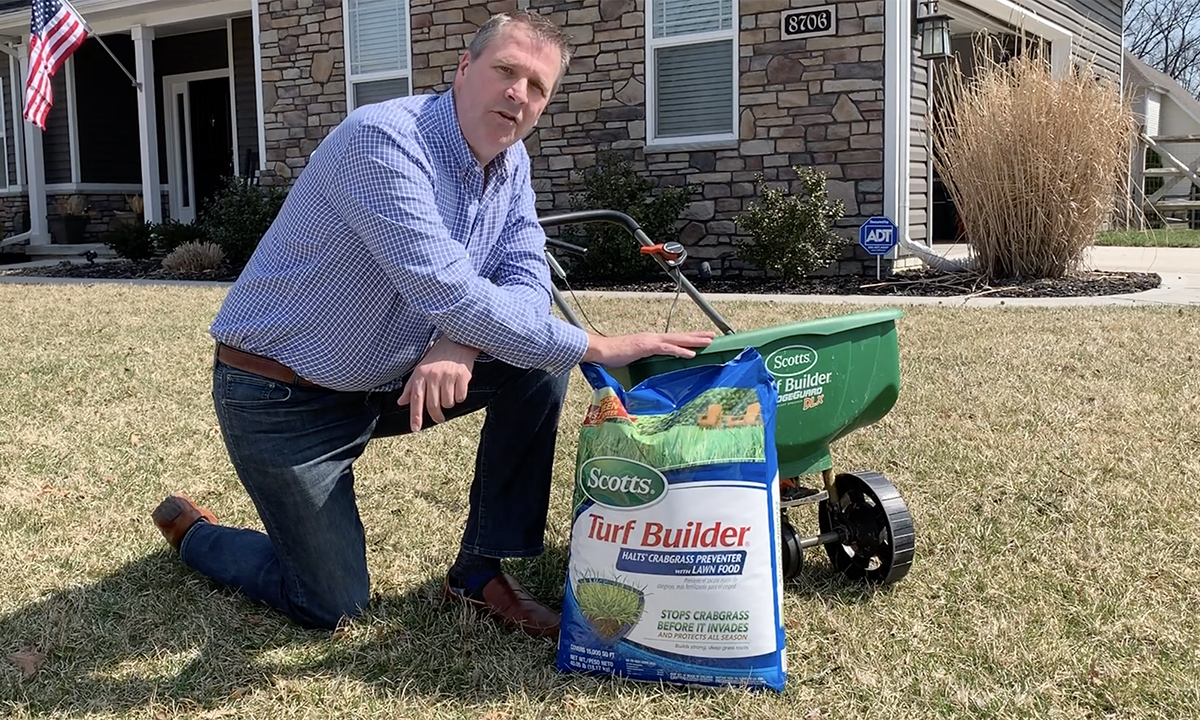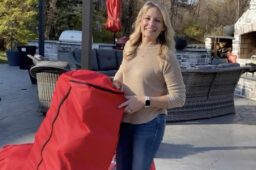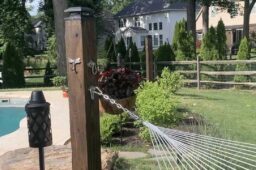
Crabgrass Prevention
- April 28, 2020
- by
- Team-Chores
Crabgrass is an invasive, nasty weed that can wreak havoc on your lawn. Early crabgrass prevention is key before its reign of terror begins. In late summer, crabgrass is in full bloom and releases thousands of seedlings. These seedlings lie dormant throughout the winter and begin to germinate in the spring. Once the seedlings begin this process, pre-emergents won’t work and you’ll be in for a battle all summer long. But we aren’t going out like that…
How to apply crabgrass preventer
When: In the northeast, you’ll generally want to apply crabgrass prevention before April 15 or, depending on your location, when soil temperatures are between 50 – 55 degrees. The key to preventing crabgrass is killing the previous years seedings before they begin too germinate. Avoid applying crabgrass preventers to newly seeded lawns as the herbicide can kill the seeds.
 What to use: We don’t mess around with crabgrass and recommend quality pre-emergents such as Scotts® Turf Builder® Halts Crabgrass Preventer with Lawn Food. We like Scotts because, in addition to the crabgrass preventer, it also fertilizes the lawn to help green it up after the winter. Note the coverage area on the pre-emergent so you have the correct amount based on your lawn size. We also prefer a broadcast spreader vs. a drop spreader because it can cover 2-3 times more surface area in a single pass.
What to use: We don’t mess around with crabgrass and recommend quality pre-emergents such as Scotts® Turf Builder® Halts Crabgrass Preventer with Lawn Food. We like Scotts because, in addition to the crabgrass preventer, it also fertilizes the lawn to help green it up after the winter. Note the coverage area on the pre-emergent so you have the correct amount based on your lawn size. We also prefer a broadcast spreader vs. a drop spreader because it can cover 2-3 times more surface area in a single pass.
How to apply: It’s is recommended to apply the crabgrass preventer to dry grass so the pre-emergent easily gets to the soil and 2-3 days before it rains. Pre-emergents require 1/2 to 1 inch rain, or other irrigation, to adequately dispense onto the soil.
- Check the instructions on the crabgrass preventer for proper application and make sure to use the correct settings on your spreader.
- Using a broadcast spreader, apply to your lawn slightly overlapping your previous pass. Note that broadcast spreaders cast below and out to the left and the right sides. So you can generally start the next row 2-3 feet over from your previous pass.
- Once you are finished with the crabgrass preventer application, using a blower, blow off any material that remains on sidewalks or concrete to prevent staining.
- If you’re not expecting rain in the following 2-3 days, water your lawn using another type of irrigation, such as your sprinkler system.



